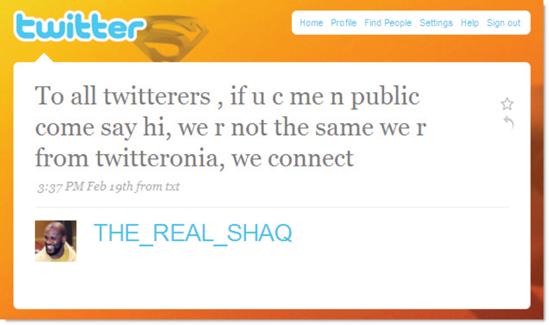In March 2006, a little communications service called Twttr debuted. It began as a side project at a San Francisco podcasting company, but it wasn't long before the side project became the main event.
Today, just three years later, Twitter is booming. The service has more than 10 million avid users, its web traffic was up nearly 131 percent from February to March 2009,[1] and unique visitors grew 1382 percent from February 2008 to February 2009.[2] You read that right: 1382 percent.
This book will help you understand what happened in between—the ways Twitter is useful and addictive and unlike any other communications service—and how you can tap that power.
Twitter is a messaging service that shares a lot of characteristics with communication tools you already use. It has elements that are similar to email, IM, texting, blogging, RSS, social networks and so forth. But a few factors, particularly in combination, make Twitter unique:
Messages you send and receive on Twitter are no more than 140 characters, or about the length of a news headline. That means they're really easy to write and read.
Messages on Twitter are public, like blog posts, and you don't have to give people permission to see what you've written. That means you can readily meet new people on Twitter.
The messages are opt-in, and people choose to get a stream of others' messages. (On Twitter, this model is called "following.") That means you have to be interesting, or people will choose not to get your updates.
You can send and receive the messages via a variety of mechanisms, including mobile phones, PCs, websites and desktop programs, and they're distributed in real time. That means that Twitter can fit with nearly anyone's workflow.
When you add all that together, and you throw in a dose of the friendliness common on Twitter today, you get a powerful and appealing communications platform that turns out to be highly useful for a slew of personal and professional needs.
[1] Comscore, April 2009 (http://www.comscore.com/blog/2009/04/breaking_news_and_making_news.html); web traffic is only part of the picture for Twitter, because they get a significant amount of traffic from their API and some from SMS
[2] Nielsen NetView, February 2009 (http://blog.nielsen.com/nielsenwire/online_mobile/twitters-tweet-smell-of-success)
Get The Twitter Book now with the O’Reilly learning platform.
O’Reilly members experience books, live events, courses curated by job role, and more from O’Reilly and nearly 200 top publishers.



